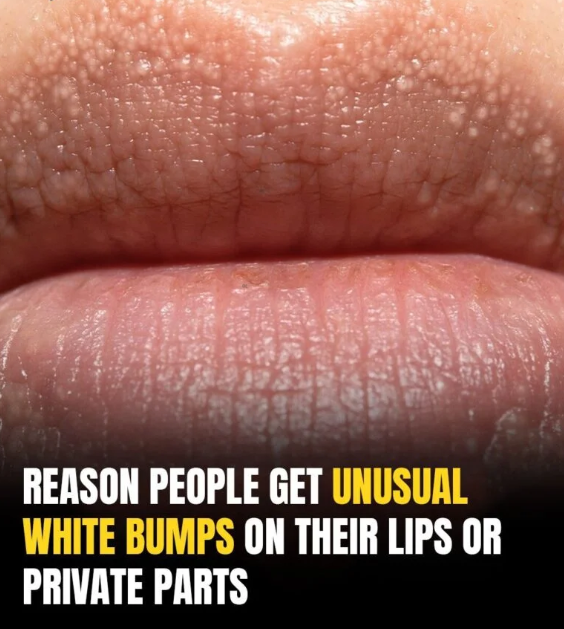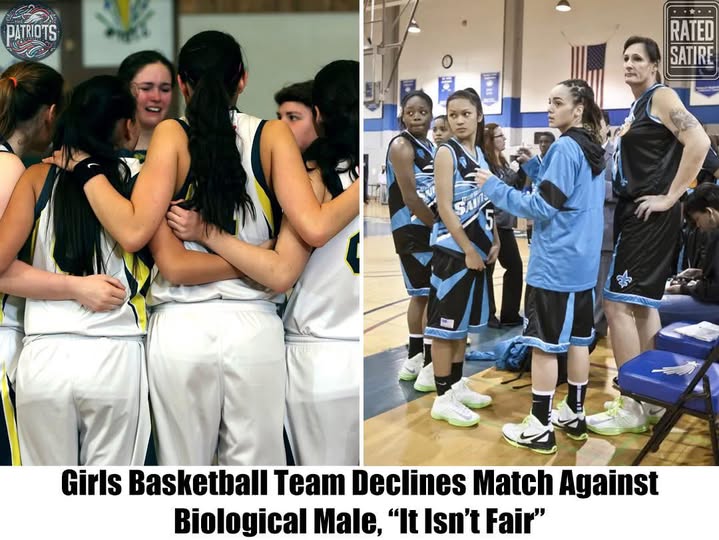Noticed small white bumps around your lips or private areas and wondering if something’s wrong? Don’t panic—these are likely Fordyce spots, harmless little oil glands that are way more common than you think. Let’s dive into what these quirky bumps are, why they show up, and when you should (or shouldn’t) worry.
What Are Fordyce Spots?
Named after American dermatologist John Addison Fordyce, who first described them in 1896, Fordyce spots are tiny, pale (white, yellow, or skin-colored) bumps caused by overactive sebaceous glands. These glands pump out sebum, an oily substance that keeps your skin and hair moisturized and protected. Unlike acne, these spots aren’t clogged pores or infections—they’re just your body’s natural oil factories working overtime.
You’ll typically spot them on:
-
The edges of your lips or inside your cheeks (vermilion border)
-
The penis, foreskin, or scrotum
-
The labia or vulva
“They’re completely normal,” says the Cleveland Clinic. “Over 80% of people have them somewhere on their body.” So, if you’ve got them, you’re in good company.
Why the Worry?
Spotting bumps on sensitive areas like your lips or genitals can spark alarm. Are they a rash? An STD? Something worse? It’s easy to spiral, especially when they resemble other conditions like:
-
Milium cysts: Small, hard white bumps under the skin
-
Epidermoid cysts: Larger, deeper lumps
-
Genital warts: Caused by HPV and contagious
-
Herpes: Painful, fluid-filled blisters
Here’s the good news: Fordyce spots are not contagious, not a disease, and not sexually transmitted. The American Academy of Dermatology notes they’re benign and usually asymptomatic—no pain, itching, or irritation. Genital warts or herpes, by contrast, often come with discomfort, redness, or clusters of blisters, per Mayo Clinic.
When to See a Doctor
While Fordyce spots are harmless, it’s smart to get a professional opinion if you’re unsure. “If it looks like Fordyce spots but comes with pain, itching, or rapid growth, see a doctor,” advises Dr. Anna Chacon, a dermatologist quoted by Healthline. Conditions like genital warts or herpes require specific tests (e.g., HPV DNA testing or viral cultures) to diagnose. A quick visit to a dermatologist or urologist can ease your mind, especially if:
-
The bumps change in size, color, or texture
-
You notice bleeding, pain, or discharge
-
You have a history of STDs or skin conditions
Can You Get Rid of Them?
Fordyce spots don’t need treatment—they’re cosmetic, not medical. But if their appearance bothers you, options exist, though they’re rarely covered by insurance:
-
Topical treatments: Retinoids or trichloroacetic acid can reduce visibility, per Medical News Today.
-
Laser therapy: CO2 or pulsed dye lasers can shrink glands, though costs range from $500–$2,000 per session.
-
Micro-punch surgery: A precise removal technique, but it carries risks like scarring.
Most experts, including Cleveland Clinic, discourage removal unless absolutely necessary, as procedures can be pricey and results aren’t guaranteed. “They’re a normal part of being human,” one X user commented. “Embrace the bumps!”
The Bottom Line
Fordyce spots may look odd, but they’re as natural as freckles or moles. With up to 80% of people sporting them, they’re practically a universal quirk. “We’re not all smooth as movie stars down there,” as one Reddit thread put it, and that’s okay. If you’re stressing, a doctor’s visit can confirm they’re just Fordyce spots and not something else. Otherwise, let these little glands do their job and keep your skin glowing. Got questions? Drop them below or ask your doc—your body’s quirks are nothing to fear.


